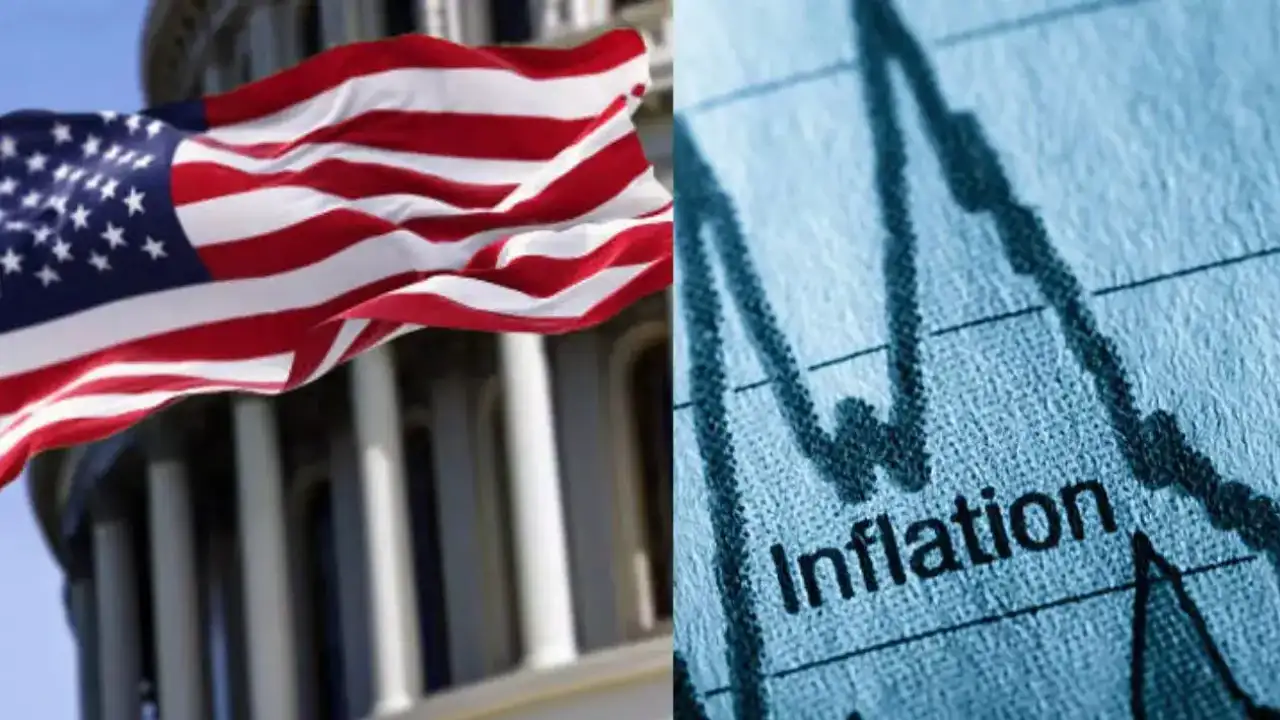US Inflation Holds Steady but Tariff Impact Grows
In July 2025, US inflation remained at an annual rate of 2.7%, with consumer prices rising 0.2% from June. Falling gasoline prices helped keep overall inflation in check, but the effects of recently expanded tariffs are starting to ripple through the economy. President Donald Trump’s trade policies have led to higher costs in several consumer categories, including footwear, furniture, and imported textiles.
While energy costs fell 9.5% compared to last year, core inflation — which excludes food and energy — climbed 0.3% from June, the fastest pace since January. This brought the annual core rate to 3.1%, indicating underlying price pressures are building. Economists warn that the steady erosion of purchasing power could accelerate as tariff-related costs move through supply chains. For historical trends on US inflation, see the US Bureau of Labor Statistics Consumer Price Index.
Rising Prices in Key Consumer Categories
Tariff-impacted goods are showing notable increases, especially in the apparel and footwear sector. Footwear prices rose 1.4% in July — the highest monthly jump in more than four years — while furniture and bedding climbed 0.9%. Outdoor equipment surged 2.2%, marking its fastest increase in over two years. The widespread reliance on imports from countries such as China and Vietnam, many with tariff rates exceeding 20%, is pushing these costs upward.
Although some sectors such as appliances saw a price drop in July, analysts note this may be temporary as pre-tariff inventories dwindle. For more on trade policy effects, visit the Office of the United States Trade Representative.
Economic Outlook and Fed Considerations
The Federal Reserve faces a challenging decision ahead of its September meeting. While current inflation levels do not necessarily require immediate policy tightening, ongoing tariff pressures could shift the economic balance. The labor market has shown signs of slowing, with July job gains totaling just 73,000 and previous months revised downward.
Economists emphasize that tariff-induced inflation may not arrive as a sudden spike but rather as a gradual squeeze on household budgets. The uneven impact across goods and services means consumers may feel the pinch in everyday expenses — from school shopping to holiday spending. To explore how tariffs shape consumer markets, review data from the US Census Bureau Economic Indicators and updates from the Federal Reserve.







